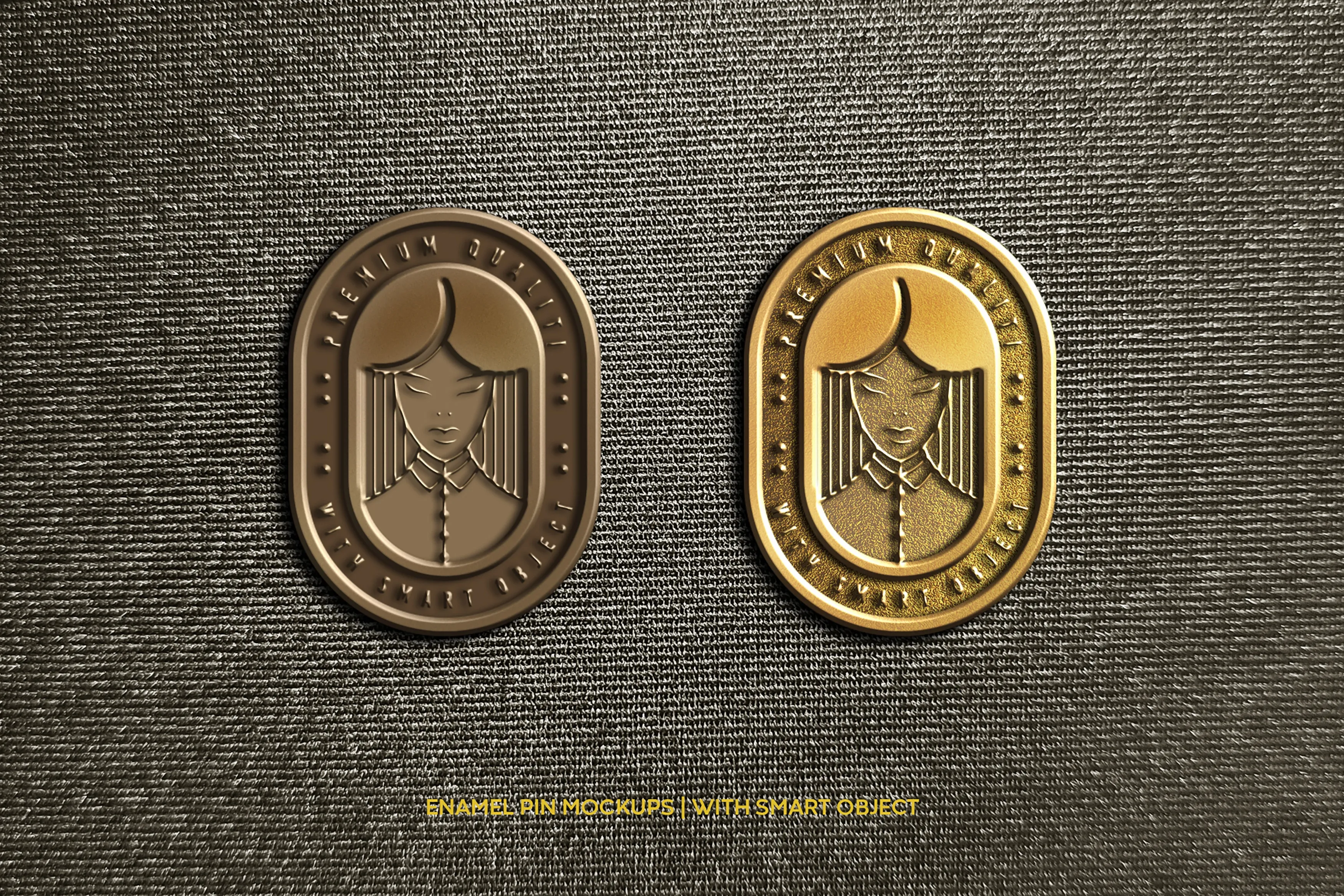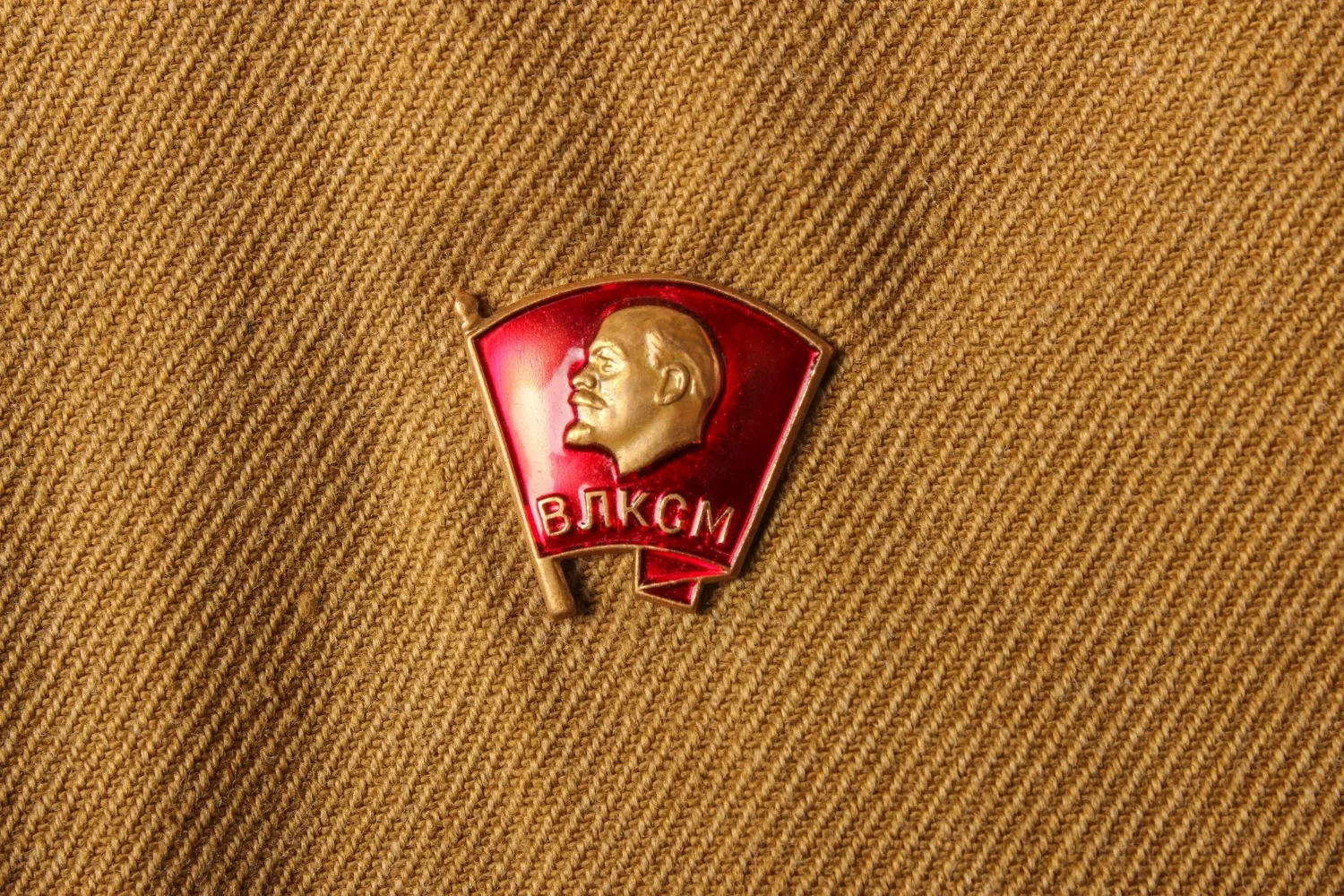Soft Enamel vs. Hard Enamel – Which Should You Choose?
When choosing your very own custom lapel pin, you may have looked into multiple options. While soft and hard enamel pins can look good, they have a different feel and manufacturing process. Your choice between them will ultimately depend on the style you want to communicate and your design type.
Here, we’ll cover soft enamel vs. hard enamel, which to choose, and some of their main differences.

Soft Enamel vs. Hard Enamel - The Main Texture Difference
Both soft and hard enamel pins can be available for the same design. The two processes will use the same mold, resulting in similar colors. However, they look and, most importantly, feel different.
Hard enamel results in a flat, smooth, and frequently shiny surface. This is beneficial because it makes the finished custom pin look seamless and elegant.
On the other hand, soft enamel has raised metal edges for additional texture. The metal lines on your design will stand out and potentially make your lapel pin look more handmade.
It all starts with a difference in the manufacturing process. Manufacturers make soft enamel pins by creating the metal edges and filling in the enamel coloring. Hard enamel, on the other hand, has the colors added first. Both types are baked in an oven for curing and hardening.
The Pros and Cons of Soft Enamel vs. Hard Enamel
Now that we’ve covered the main differences between soft enamel vs. hard enamel in manufacturing, we can move on to some of their pros and cons. While the texture is the main difference, both have other advantages and drawbacks.

For example, some of the advantages of soft enamel include:
- Allows for better design flexibility – Soft enamel is processed and polished less than hard enamel, which also allows more color saturation. This ultimately allows for more flexibility when creating your custom design.
- More cost-effective – This is yet another benefit connected to the manufacturing process. Soft enamel is typically less costly because it goes through fewer phases.
- Better detail and precision – Soft enamel adds more nuances to your final design. This is because the manufacturer has more control over edges, textures, and other intricacies. When hard enamel is polished, many edges can spread out, and the pin will inevitably lose some of the minor touches you may have wanted.
While these advantages are enough for some to go with soft enamel pins, there are still drawbacks to the finished product, including:
- Less durability – Soft enamel pins are not protected by a polished coat and can be less durable. They won’t break as soon as you get them, but soft enamel pins might crack over time if you’re looking for a piece to last you ages.
- Not smooth – This is more of a preference, but some people don’t like the textured feel of soft enamel. The absence of polish can make the pin appear old or worn down.
On the other hand, hard enamel has plenty going for it. These advantages may include:
- Protected finish – The polished finish on hard enamel lasts a long time. Not only will it resist cracking, but the original design will retain its overall appearance, giving you that flawless, shiny, polished look for years to come.
- Can be considered higher quality – Hard enamel will frequently go through more manufacturing processes. While this may have some negative effects, the extra layering allows for what most people perceive as an overall higher quality. They last longer than soft enamel and, as mentioned above, won’t crack or break over time.
- Flawless appearance – Many simply prefer the smooth finish that hard enamel offers. This can go well with an elegant suit or more formal attire.
This isn’t to say that hard enamel has its drawbacks too. Some disadvantages of this lapel pin option include:
- Expensive – Those on a budget might find the hard enamel option too expensive. They generally cost more to make than soft enamel options.
- Design compromise – The final polishing process step may slightly flatten, distort, or soften certain aspects of your original design. It may be the wrong choice if you’re particular about your pin.
- Less vibrant colors – Hard enamel finished products will generally look slightly more faded than soft enamel options. This is, once again, due to the unique polishing step at the end of the manufacturing process.

When considering soft enamel vs. hard enamel, align the benefits and drawbacks of each option with your specific needs before making your final decision.
Soft Enamel vs. Hard Enamel – Which Is Better?
Now that we’ve covered all aspects of soft and hard enamel, you might be asking which is the better option at the end of the day.
In the case of soft enamel vs. hard enamel pins, there’s no one-size-fits-all answer. The right pin for the occasion will depend on your specific circumstances.
However, soft enamel will be the better option if:
- You have a highly intricate design and are particular about getting the subtle details like color and texture just right.
- You want a more budget-friendly option.
At the same time, hard enamel will probably be better for your pin if you:
- You prefer a product that looks more valuable and classy.
- You want a smooth and polished look and your pin to last long.
When considering soft enamel vs. hard enamel, the differences between these two pin types are very subtle; both can end up looking great for your specific occasion with the right design.
If you’re still unsure which material will work best for the design you have in mind, contact a lapel pin manufacturer like LapelPinNow. You can receive samples on both soft and hard enamel to see which one performs better, and then order the perfect pin for you or your brand.